
Code: 06623072
Molecular and Cellular Mechanisms in Disease
by J.L. VanLancker
In spite of ingenious experiments, imaginative theories, and unshakable faith in supreme forces, there is no way to know how life began. What is certain is that in the course of the development of the universe existing sources of ... more
- Language:
 English
English - Binding: Paperback
- Number of pages: 652
Publisher: Springer, Berlin, 2011
- More about this

61.35 €

Low in stock at our supplier
Shipping in 13 - 16 days
Potřebujete více kusů?Máte-li zájem o více kusů, prověřte, prosím, nejprve dostupnost titulu na naši zákaznické podpoře.
Add to wishlist
You might also like
-

Lotos-Eating
22.36 € -18 % -

Lord Hervey
163.11 €
Give this book as a present today
- Order book and choose Gift Order.
- We will send you book gift voucher at once. You can give it out to anyone.
- Book will be send to donee, nothing more to care about.
More about Molecular and Cellular Mechanisms in Disease
You get 154 loyalty points
 Book synopsis
Book synopsis
In spite of ingenious experiments, imaginative theories, and unshakable faith in supreme forces, there is no way to know how life began. What is certain is that in the course of the development of the universe existing sources of energy fused to generate atoms, and atoms mingled to become small molecules. At some point by chance or design-according to one's belief, but no one's evidence-small molecules such as hydrogen, oxygen, carbon dioxide, water, and ammonia reacted to yield larger molecules with the property most essential to life: self-replication. Such molecules had to achieve a proper balance between the stability needed for their survival in the environment and the mutability for the generation of many forms of life. How amino acids were created or how DNA, RNA, and proteins developed remains a mystery. But we know that a simple core of nucleic acid embedded in a protein coat made the simplest unit of life (except for viroids). Whether viruses are a primitive or degenerated form of life is not known. Once proteins appeared, their great structural plasticity allowed them to react with other elements such as sulfur, iron, copper, and zinc. After an incalculable number of years, some of the proteins became capable of catalyzing the synthesis of new nucleic acids, new proteins, and other compounds such as polysaccharides and lipids.
 Book details
Book details
Book category Books in English Mathematics & science Biology, life sciences Life sciences: general issues
61.35 €
- Full title: Molecular and Cellular Mechanisms in Disease
- Subtitle: 1: Bioenergetics * Cell Specificity * Inborn Errors of Metabolism * Malnutrition * Calcium and Phosphorus Iron and Bile Pigments * Coagulopathies * Hormones Body Fluids and Electrolytes
- Author: J.L. VanLancker
- Language:
 English
English - Binding: Paperback
- Number of pages: 652
- EAN: 9783642659690
- ISBN: 9783642659690
- ID: 06623072
- Publisher: Springer, Berlin
- Weight: 1567 g
- Dimensions: 280 × 210 × 33 mm
- Date of publishing: 15. November 2011
Trending among others
-
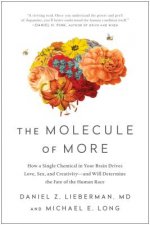
The Molecule of More
17.22 € -28 % -
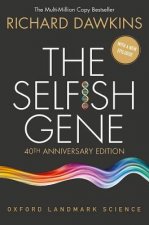
The Selfish Gene
11.88 € -24 % -

Stealing Fire
11.27 € -28 % -

Homo Deus
10.97 € -23 % -

Undoing Project
10.87 € -14 % -

Speculations on the Evolution of Human Intelligence
7.95 € -22 % -

Power of Habit
11.98 € -10 % -

1493
16.01 € -13 % -

Sapiens
21.35 € -

Blind Watchmaker
12.79 € -23 % -
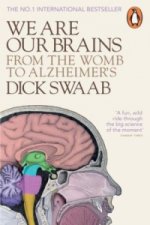
We Are Our Brains
11.38 € -20 % -

Psychopath Inside
16.92 € -15 % -
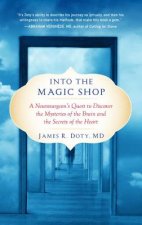
Into the Magic Shop
14.20 € -25 % -

Incognito
10.87 € -26 % -
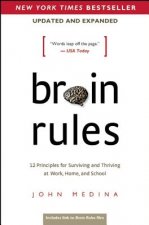
Brain Rules (Updated and Expanded)
13.79 € -18 % -

Story of Life: Evolution (Extended Edition)
13.29 € -28 % -
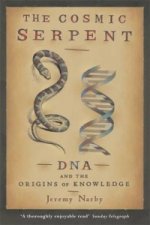
Cosmic Serpent
10.37 € -27 % -
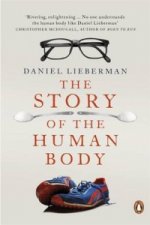
The Story of the Human Body
14.30 € -22 % -

Race Differences in Intelligence
34.85 € -

Double Helix
10.27 € -28 % -

Brain
11.68 € -25 % -

The Extended Phenotype
12.99 € -24 % -

Neuroaffective Picture Book 2
35.56 € -

Reaching Down the Rabbit Hole
10.37 € -29 % -

Oxygen
12.28 € -28 % -

Descartes' Error
14.30 € -22 % -

Life on Earth
26.69 € -

The Storytelling Animal
16.82 € -16 % -

River Out of Eden
11.07 € -22 % -

Feeling Of What Happens
13.29 € -28 % -

Manual of Percutaneous Coronary Interventions
104.37 € -5 % -

Ancestor's Tale
15.10 € -23 % -

Secrets of the Skeleton
23.57 € -

T. rex and the Crater of Doom
17.02 € -18 % -
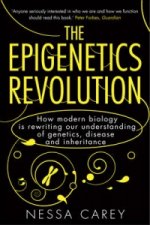
Epigenetics Revolution
13.19 € -5 % -
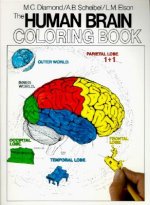
Human Brain Coloring Book
17.32 € -27 % -
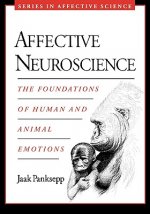
Affective Neuroscience
64.37 € -12 % -

Seven Daughters Of Eve
12.18 € -22 % -

Descent of Man
5.23 € -29 % -

Darwin's Dangerous Idea
15.20 € -28 % -

Feeling and Knowing
22.36 € -4 % -

Evolution: The Whole Story
21.25 € -24 % -
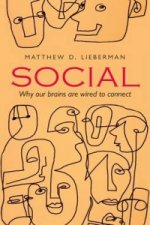
Social
15.30 € -27 % -

Diversity of Life
13.29 € -28 % -

Systems View of Life
28.81 € -14 % -

Ecological Thought
28.40 € -7 % -

Human Advantage
15 € -21 % -

Endless Forms Most Beautiful
15.41 € -18 % -

Student's Guide to Cognitive Neuroscience
69.71 €
Collection points Bratislava a 2642 dalších
Copyright ©2008-24 najlacnejsie-knihy.sk All rights reservedPrivacyCookies


 15549 collection points
15549 collection points Delivery 2.99 €
Delivery 2.99 € 02/210 210 99 (8-15.30h)
02/210 210 99 (8-15.30h)